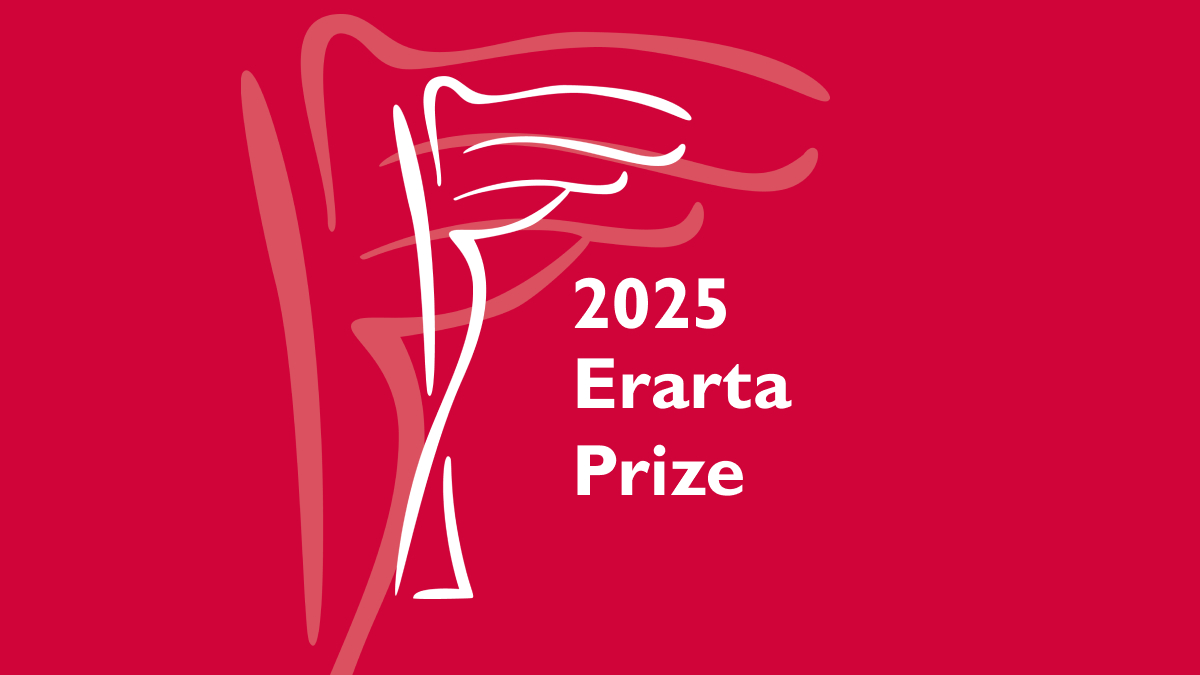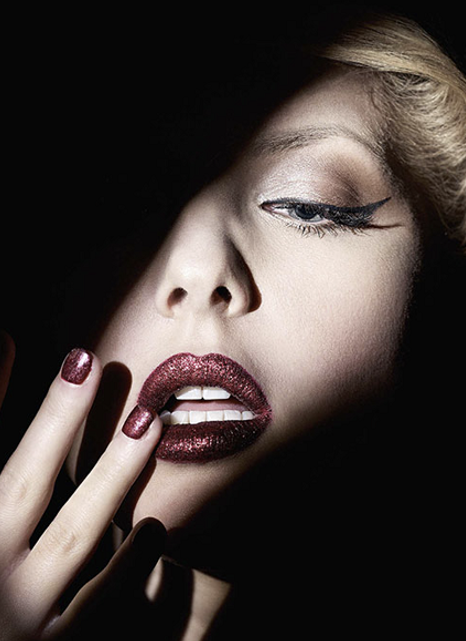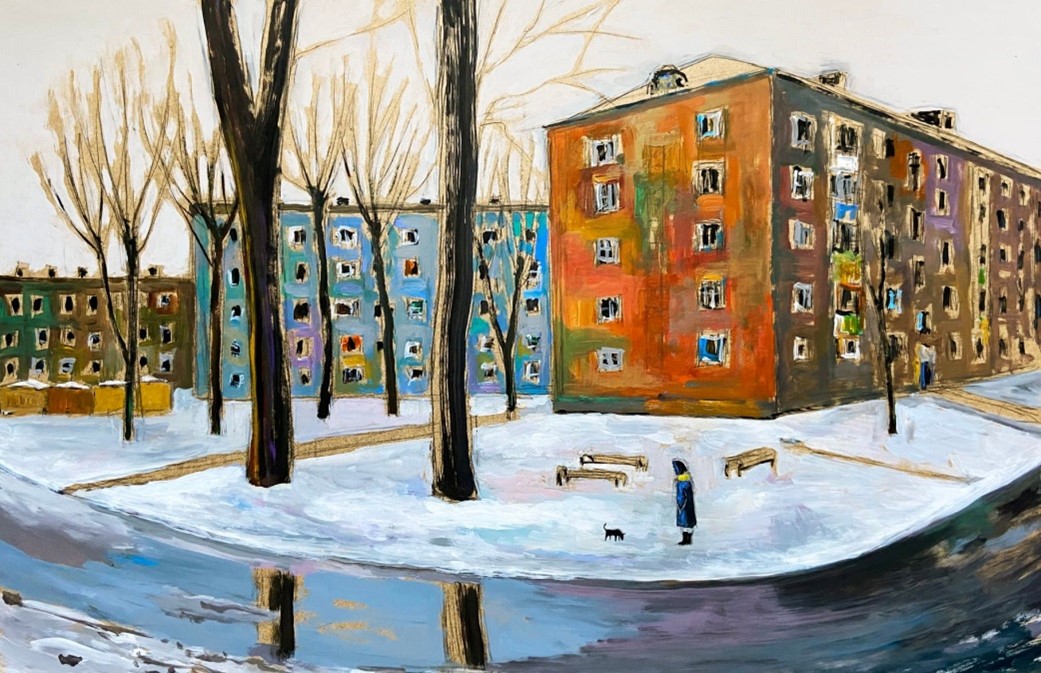Alexander Rukavishnikov
Flesh of the Flesh
Erarta Museum presented an exhibition by one of the most distinguished contemporary Russian sculptors Alexander Rukavishnikov
-
Indoor sculptures created by a well-known monumentalist
-
Visions of women celebrating life in its natural spontaneity
-
An artist whose works can be found in many collections worldwide, including those of the Tretyakov Gallery, the Ludwig Museum at the Russian Museum, Siemens, Hermès, and John Wilson
Alexander Rukavishnikov’s monumental sculptures can be seen all across Russia and even abroad – in Dresden, Copenhagen, Madrid, Montreux, and other cities. An outdoor sculpture is in most cases a compromise for its creator. Looking to externalise his vision, he inevitably faces technical limitations and corrections and thus has to collaborate with architects and engineers. The only place where a monumentalist feels like a true artist is his own studio. Alexander Rukavishnikov tries to spend the rare moments when he is not working on commissions realising his own projects.
In one of his interviews, musing on the nature of creativity, the artist confided that he likes the idea of being an apprentice in the studio of the only true creator – God. The ultimate goal for an artist is not to strive for naturalism in making pale shadows of reality, but to aspire for the creative act itself.
The Flesh of the Flesh exhibition showcases artworks from various years created in a variety of media. There is one thing they share, though: a sculptor who made countless ingenious and audacious portraits of famous men almost entirely diverts his creative pastime – his labour of love – to women. Alexander Rukavishnikov subscribes to a personal standard of beauty: his muses are corpulent, big-nosed, and broad-shouldered. This ‘male gaze’ (as it would be described by modern-day cultural scientists debunking patriarchal views) can be traced back to the archaic times. No wonder that the sculptor is inspired by paganism, creating his own pantheon, imaging women destined to reproduce life and busily support it through everyday housekeeping chores. His sculptures are not devoid of eroticism, but it is a far cry from the voluptuousness of Boris Kustodiev’s white-skinned merchants’ wives. Rukavishnikov’s female protagonists emerge as ancient goddesses related not so much to men as to the earth – ‘flesh of the flesh’ of matter itself. These sunburnt peasants seem to harbour the elemental forces of nature.



















